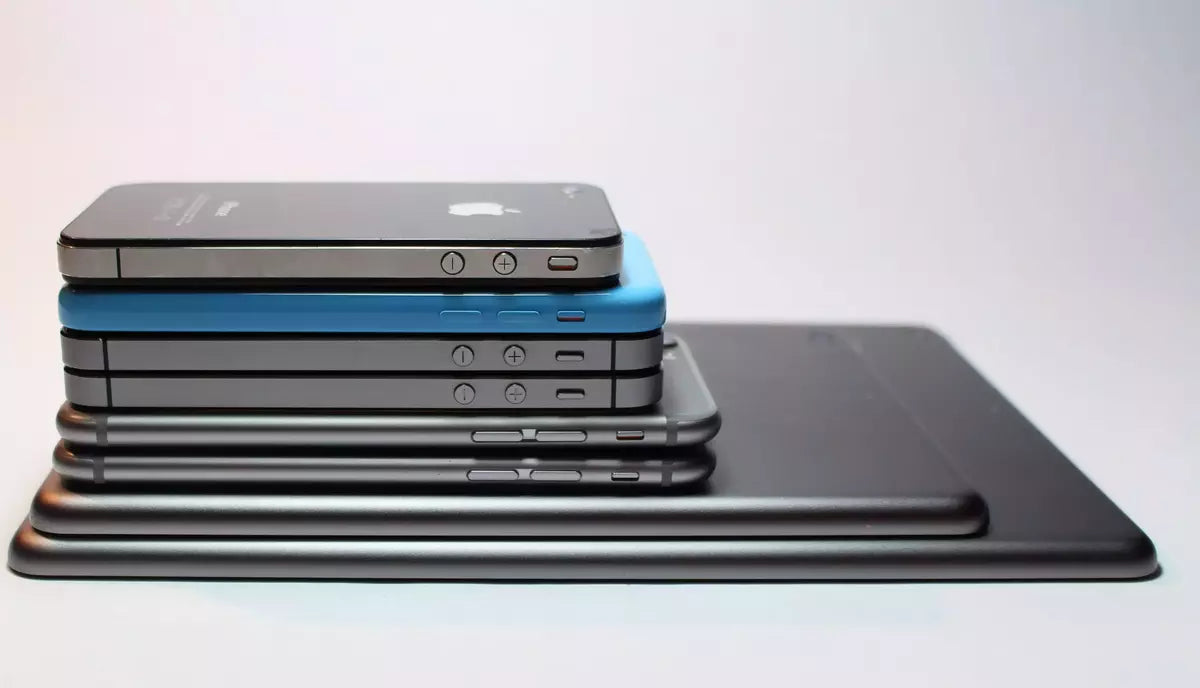The integration of tablet kiosks in dentist offices has proven to be a transformative leap toward improved patient experiences and operational efficiency. Drawing from my extensive experience in tech blogging, I've identified six strategic use cases that showcase the impactful ways tablet kiosks can enhance your dental practice.
- Efficient Patient Check-In: Streamlining the patient check-in process is a key use case for tablet kiosks. I recall a dental office that transitioned from traditional paper forms to tablet kiosks for patient check-in. This not only reduced waiting times but also allowed patients to update their information digitally. Opting for a kiosk partner that prioritizes user-friendly interfaces can significantly enhance the efficiency of the check-in process.
- Interactive Patient Education: Enhancing patient education is crucial for building trust and facilitating informed decision-making. I witnessed a dental clinic incorporate tablet kiosks in waiting areas with interactive content explaining common dental procedures, oral hygiene tips, and treatment options. Patients engaged with the educational material, leading to more informed discussions during consultations.
- Appointment Scheduling and Reminders: Simplifying appointment scheduling and reminders is another valuable use case. In one instance, a dental practice integrated tablet kiosks to allow patients to schedule follow-up appointments conveniently. Automated reminders were sent through the kiosk system, reducing no-show rates and improving overall appointment adherence.
- Virtual Consultation Bookings: The rise of virtual consultations has become a significant trend in healthcare. I observed a dental office leveraging tablet kiosks to allow patients to request virtual consultations for non-urgent inquiries or follow-up discussions. This not only accommodated patient preferences but also showcased the practice's commitment to embracing innovative communication methods.
- Seamless Insurance Verification: Managing insurance information can be a time-consuming process. I encountered a dental clinic that integrated tablet kiosks to streamline insurance verification. Patients could input their insurance details directly into the system, reducing manual data entry errors and expediting your office's administrative workflow.
- Post-Appointment Feedback and Surveys: Gathering patient feedback is vital for continuous improvement. A forward-thinking dental practice implemented tablet kiosks for post-appointment feedback and surveys. Patients could share their experiences, providing valuable insights into areas for enhancement. This proactive approach not only demonstrated a commitment to patient satisfaction but also facilitated ongoing practice refinement.
In conclusion, the strategic implementation of tablet kiosks in dental offices goes beyond mere technological integration; it's about enhancing patient engagement, improving operational efficiency, and embracing innovative solutions. By considering use cases such as efficient check-in processes, interactive patient education, appointment scheduling, virtual consultation requests, insurance verification, and post-appointment feedback, dental practices can harness the full potential of tablet kiosks to create a patient-centric and technologically advanced environment. In the dynamic landscape of healthcare, these use cases position tablet kiosks as valuable tools for elevating dental experiences and promoting overall practice success.



